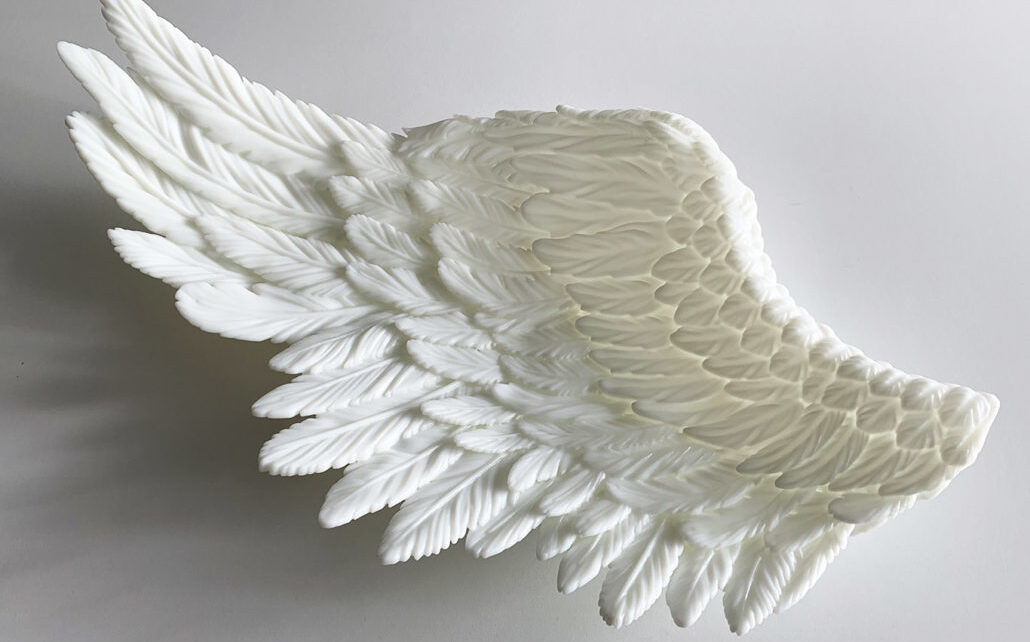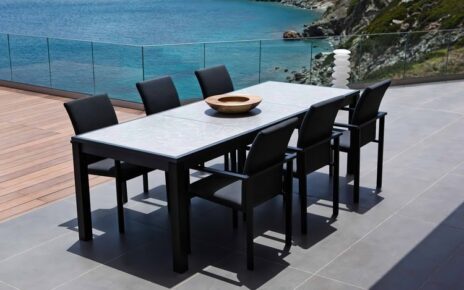The emergence of 3D printing UAE has brought about a paradigm shift in the world of architecture, redefining the way architectural forms are conceptualized, designed, and constructed. This innovative technology has unlocked new possibilities for architects to sculpt spaces with unprecedented freedom and creativity. In this article, we explore the transformative influence of 3D printing on architectural form and the remarkable impact it has on shaping the built environment.
Breaking free from conventional constraints:
Traditionally, architects were constrained by the limitations of conventional construction methods, which often restricted the complexity and intricacy of architectural forms. With 3D printing, those limitations are shattered, allowing architects to explore and realize designs that were once considered impractical or impossible to construct using traditional means. As a result, buildings and structures can now take on intricate, organic, and sculptural forms that push the boundaries of architectural expression.
Customization:
3D printing empowers architects to design spaces that are tailored to the specific needs and preferences of their clients. Customization and personalization become achievable on a level never seen before in architecture. From unique facades and interior elements to bespoke furniture and fittings, 3D printing allows architects to create spaces that perfectly align with the desires and aspirations of their clients.
Parametric design and algorithmic form:
The integration of 3D printing with parametric design enables architects to explore algorithmic form generation. By defining parameters and rules within computational models, architects can create complex and dynamic architectural forms that respond to site conditions, environmental factors, and user needs. The result is an architecture that adapts and evolves, sculpting spaces that seamlessly blend with their context.
Lightweight and efficient structures:
3D printing offers the potential to create lightweight and efficient structures that optimize material usage. Additive manufacturing allows architects to design and fabricate structures with intricately designed internal voids and support structures, reducing material waste and making structures more sustainable and resource-efficient.
Innovative material exploration:
The versatility of 3D printing extends to a wide range of materials, including plastics, metals, concrete, and even biodegradable materials. Architects are now able to explore innovative material combinations and experiment with sustainable, eco-friendly, and unconventional materials to create unique architectural forms that respond to both aesthetic and environmental considerations.



